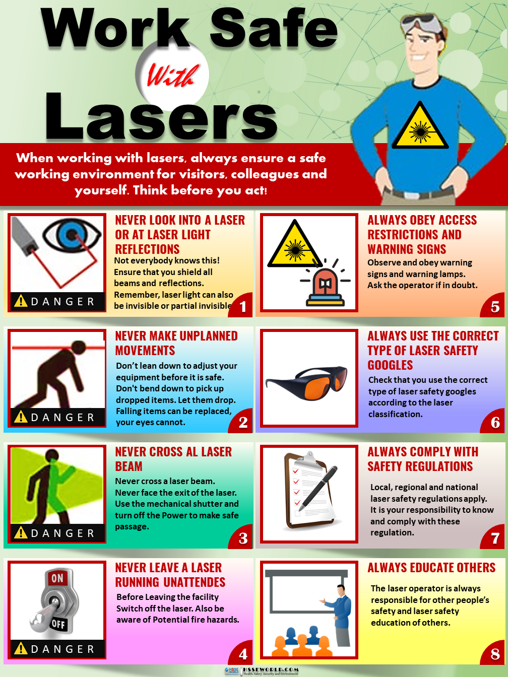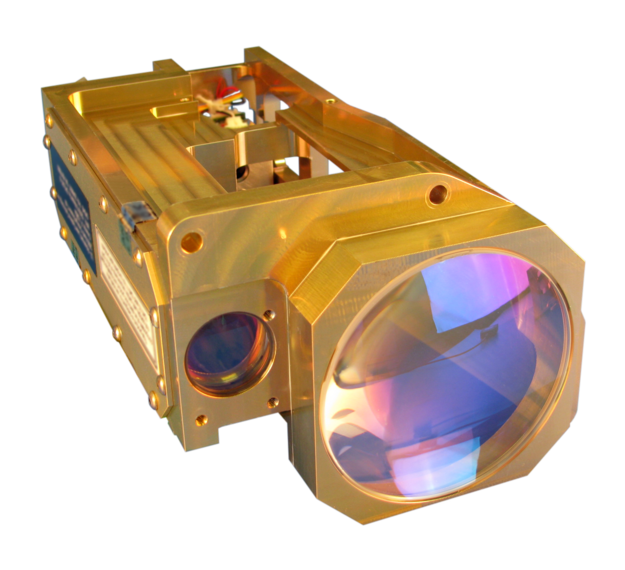Good Advice To Selecting A Safe Laser Treatment
Good Advice To Selecting A Safe Laser Treatment
Blog Article
How Does Low-Level Safe Laser Therapy (Lllt) Aid In Treating Locomotor Injuries And Pain?
Safe Laser low-level laser therapy (LLLT) can assist with pain in the locomotor area and injuries from sports through a variety of mechanisms: Reduced Inflammation LLLT is anti-inflammatory through the inhibition of pro-inflammatory cytokines as well as promoting the release of anti-inflammatory mediators. This decrease in inflammation can minimize swelling and pain that is caused by injuries.
Accelerated Tissue Repair- LLLT increases cellular metabolism and proliferation which results in faster tissue repair and regeneration. It also increases collagen synthesis, which is crucial to repair and regeneration of injured ligaments and muscles.
Pain Relief LLLT modifies the perception of pain via nerve conduction. The body produces endorphins to ease pain.
Improved Blood Circulation LLLT enhances microcirculation through the increase of vasodilation. This boosts blood flow into the affected area. Improved circulation of blood delivers nutrients and oxygen directly to tissues which speed up healing.
Muscle Relaxation LLLT relieves muscle spasms by exchanging nitric dioxide that helps relax the muscles' smoothness. This is particularly beneficial to athletes who suffer from muscle stiffness and tightness.
Scar Tissue Prevention - By promoting the regeneration of tissue, LLLT is able to reduce the growth and accumulation of scar tissue. If not managed properly, this can lead to chronic pain, restriction of movement, or the development of a disability.
LLLT improves joint flexibility and range-of-motion by reducing pain and inflammation. This allows people to return faster to normal activities as well as participate in sports.
Safe Laser's low-level treatment is an effective, drug-free treatment for issues with locomotor and sports injuries. It aids in faster recovery and more performance outcomes. See the recommended safe laser árak for more advice including lágylézer árak, lézer kezelés hatása, mozgásszervi problémák, safe laser vélemények, gyógyító lézer készülékek, lágylézer készülékek, otthoni lézer kezelés, lágylézer ár, safe laser vélemények, lágylézer vásárlás and more.
What Can Low-Level Laser Therapy (Lllt), Also Known As Laser Low Level Therapy, Be Employed To Treat Throat Issues?
Safe Laser Low-Level Laser Therapy (LLLT) is an low-level laser that can be utilized to treat a range of throat conditions. LLLT can help reduce inflammation in throat disorders such as pharyngitis or tonsillitis.
Pain Relief The use of LLLT reduces pain and discomfort in conditions like throat irritation and sore throats.
Improved Tissue Repair and Regeneration- LLLT increases cellular metabolism, proliferation and repair. LLLT helps speed up the healing process of damaged tissues in cases like throat ulcers, or voice cord injuries. This reduces the chance of problems and improves overall health of the throat.
Improved blood circulation - LLLT stimulates microcirculation aswell by vasodilation. The increased blood flow is then directed to tissues of the throat. A better blood flow can deliver oxygen and nutrients to the inflamed or injured tissues, promoting healing and lessening inflammation.
Reduced Swelling- LLLT can help reduce swelling in the throat tissues through lymphatic drainage, and reducing the accumulation of fluid. This is particularly beneficial for those suffering from ailments such as laryngitis or post-operative swelling of the throat.
Management of voice disorders- LLLT is a treatment that can improve voice quality, and reduce the symptoms that are associated with vocal disorders, such as hoarseness. Through promoting the regeneration of tissues and reducing inflammation in the vocal cords LLLT can help restore vocal function and relieve voice-related symptoms.
Overall, safe Laser low-level laser therapy provides an uninvasive and drug-free solution to managing various throat problems and symptoms like discomfort, inflammation, and difficulty swallowing. Before making use of LLLT to treat throat problems it is recommended to consult a professional healthcare provider to determine the proper diagnosis and treatment. Take a look at the top lágylézer for site tips including mozgásszervi problémák, lágylézer bérlés, lágylézer ár, lezeres kezeles, lézeres fájdalomcsillapítás, lágylézer kezelés, laser lézer, orvosi lézer készülékek, lágy lézer, lágylézer kezelés and more. 
How Long Does It Take For A Safe Laser Device To Take Effect On Dental And Oral Conditions?
Safe Laser Low-Level Laser Therapy (LLLT) is a treatment that can offer a variety of advantages for oral and dental ailments. The results can vary according to the particular condition that is being treated, the severity of the condition is, an individual's general oral health, and his/her response to treatment. LLLT is usually recommended over a period of time in order to obtain the greatest results.
The Type and the Severity of your conditionThe type of oral or dental issue you are treating can impact the number of LLLT session needed. The conditions like gingivitis periodontitis, oral ulcers, or temporomandibular joint (TMJ) issues may require different treatment approaches and different numbers of LLLT sessions.
Individual Response to Treatment Personal factors, including the general oral health of the person, their immune system, and their capacity to heal, can affect how they react to LLLT. Certain people experience faster improvements and respond better to treatment. Others might require longer treatment.
Treatment Protocol – The treatment protocol that is suggested by a dentist could have a significant influence on the number of LLLT sessions are required for dental and oral issues. The treatment plan may be specific to each patient, and may include scheduling LLLT treatments at least once per week.
Acute Conditions and. Chronic Conditions Acute conditions- The distinction between acute and chronic condition can also affect the number LLLT sessions that are needed. Acute conditions such as oral ulcers or post-operative pain may require fewer sessions to get relief, whereas chronic conditions like periodontitis and TMJ conditions may require more extended treatment.
There are some who may notice improvement in their dental and oral health after just a couple of LLLT treatments, while others may need a longer treatment period to achieve the greatest outcomes. It is essential to adhere to the treatment plan prescribed by a dental professional and to take part in every scheduled LLLT sessions to reap the maximum benefits of treatment for dental and oral conditions. The communication with your dentist and regular surveillance of your oral health are also crucial to ensure proper management.